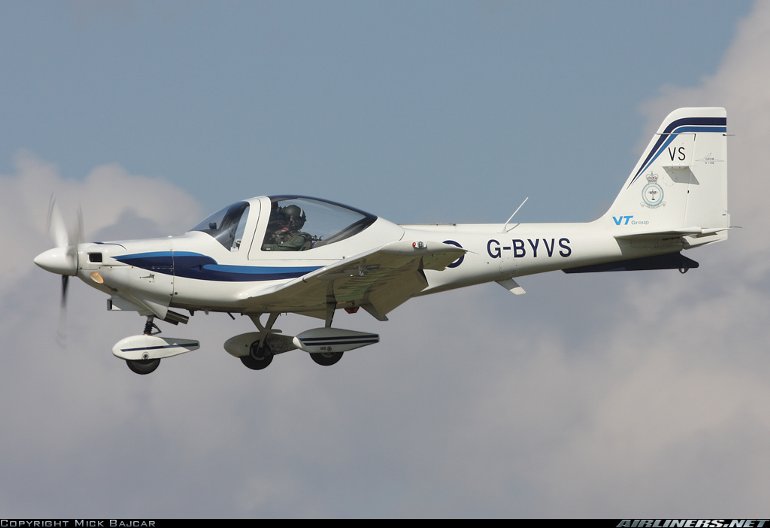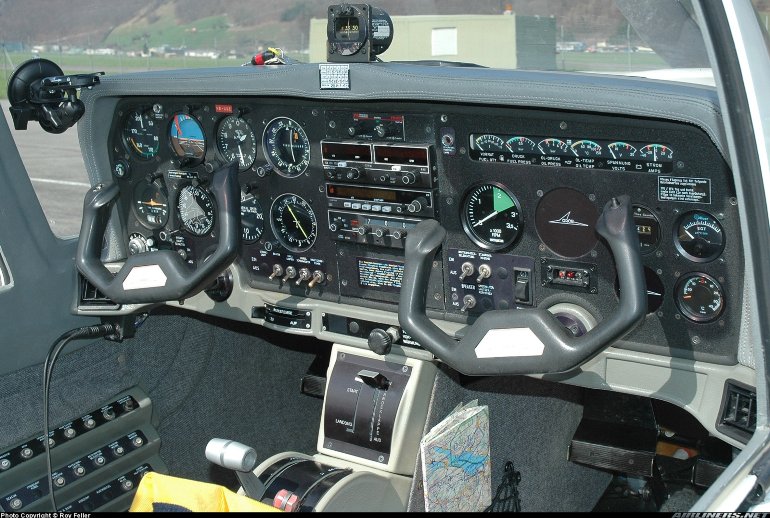Aircraft Technical Data
Grob G-115


| Details | |
| Country of Origin | Germany |
| Type | Two seat basic and aerobatic trainer |
| History | Grob is a company well known for its sailplanes and powered gliders, having produced over 3500 aircraft since the early 1970s, so it is not surprising that the G-115 is the first aircraft made from Glass Fibre Reinforced Plastics to be certificated by the US FAA. Development of the G-115, sometimes referred to as the T-Bird, dates back to the early 1980s and Grob's two earlier two seat trainers. The initial G-110 first flew in 1982 and was built in small numbers, while the G-112 flew in 1984 in prototype form only. Nevertheless the two types formed the basis of the G-115, the prototype (powered by an O235 engine) of which made its first flight in November 1985. The first prototype was representative of the production G-115 model, a second prototype differed in having a constant speed propeller, a taller fin and rudder and relocated tailplane, and represented the G-115A. The G-115 and G-115A remained in production until 1990. The line re-opened with improved models in late 1992. The current Grob G-115 models include:the 115B, essentially a 115A with a more powerful 120kW (160hp) O320 engine (which can be retrofitted to earlier A models); the G-115C with the same O320, plus fuel in the wings and other minor improvements; the similar G-115C1 Acro; 135kW (180hp) O-360 powered G-115C2; the fully aerobatic 135kW (180hp) AEIO360G powered 115D which can also be used as a glider tug; and 120kW (160hp) AEIO-320 powered G-115D2. The G-115 Bavarian was built for a US flying club. It features fuel in the wing, a revised instrument panel and more glass. Another aircraft to bear the G-115 designation is the G-115TA Acro, but this is similar to other G-115s in name and basic configuration only. Powered by a 195kW (260hp) AEIO540, it is aimed primarily at military customers. The G-115 has been chosen by the RAF to replace it's aging Bulldog fleet. The 'Tutor' as it is called, or 'Heron' for the Navy, will be used as an aerobatic basic trainer for student pilots in their first section of flight training. |
| Powerplants | G-115A - One 85kW (115hp) Textron Lycoming O235H2C flat four piston engine driving a two blade fixed pitch or optionally constant speed Hoffmann propeller. G-115D - One 135kW (180hp) Textron Lycoming fuel injected AEIO360 driving a two blade constant speed prop. |
| Performance | G-115A - Max speed 220km/h (119kt), cruising speed 205km/h (110kt). Initial rate of climb 690ft/min. Range with max fuel 1000km (540nm). G-115D - Max speed 270km/h (146kt), cruising speed 250km/h (135kt). Initial rate of climb 1500ft/min. Range with no reserves 963km (520nm). |
| Weights | G-115A - Basic empty 590kg (1300lb), max takeoff 850kg (1874lb). G-115D - Basic empty 660kg (1455lb), max takeoff 920kg (2028lb). |
| Dimensions | G-115A - Wing span 10.00m (32ft 10in), length 7.36m (24ft 2in), height 2.75m (9ft 0in). Wing area 12.2m2 (131.4sq ft). G-115D - Wing span 10.00m (32ft 10in), length 7.44m (24ft 5in), height 2.75m (9ft 0in). Wing area 12.2m2 (131.4sq ft). |
| Capacity | Standard seating for two. |
| Production | 110 G-115s and G-115As built by late 1992. Production switched to the G-115C and G-115D in late 1993. Approximately 200 have been built of all models. |
| Related Links | Grob G-115 |
The backbone of this section is from the The International Directory of Civil Aircraft by Gerard Frawley and used with permission. To get your own copy of the book click here. |
|








